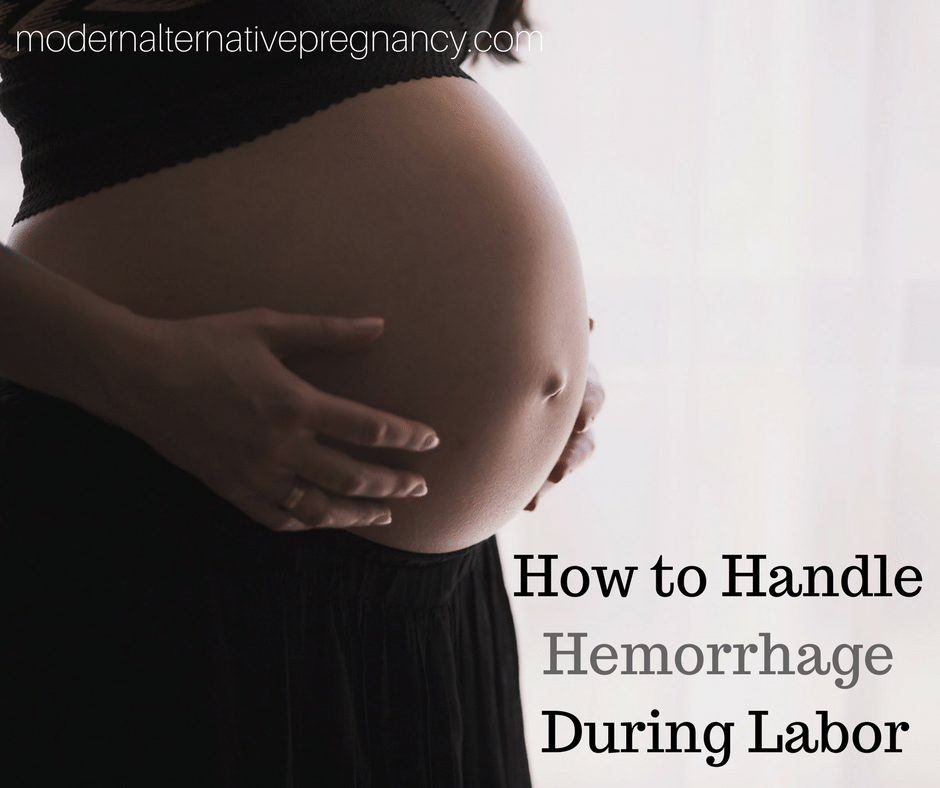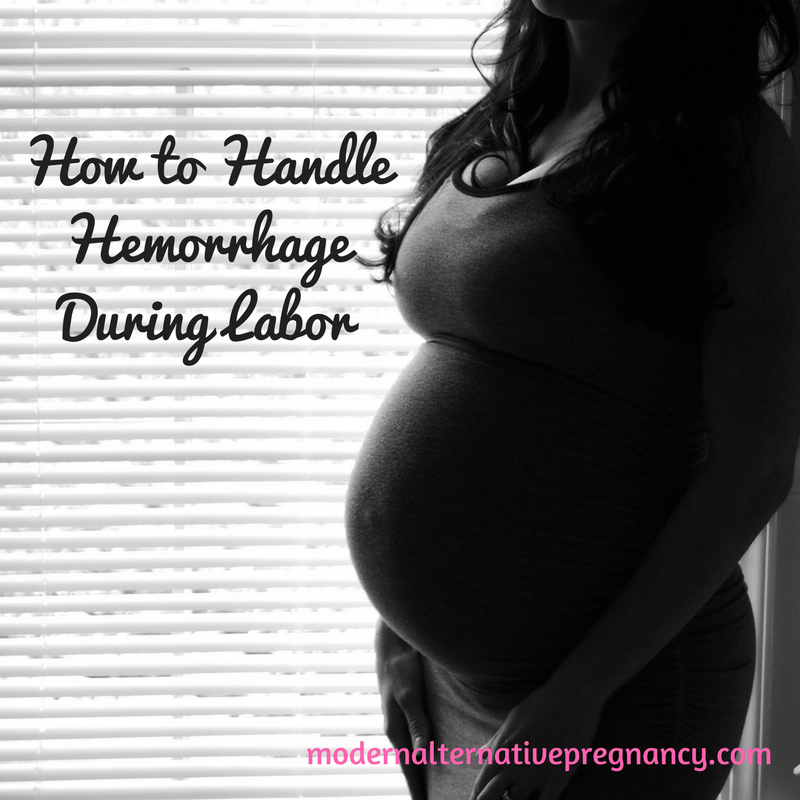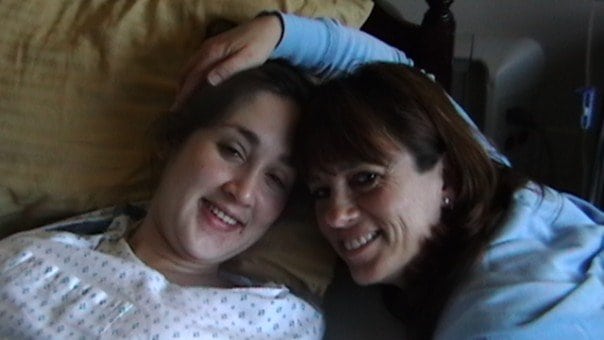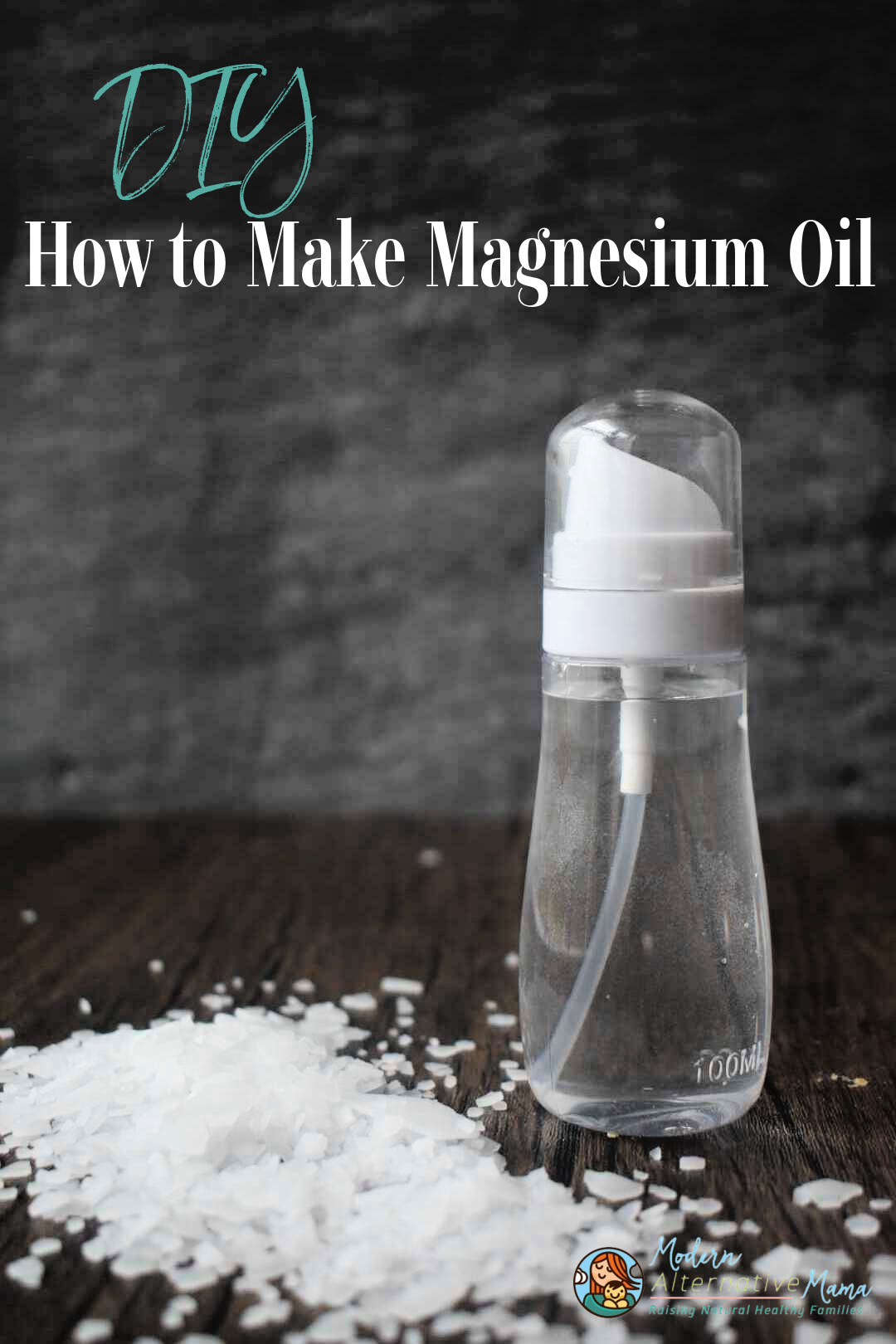Most mothers planning a natural or homebirth are worried about hemorrhage. While it’s a real concern, there are ways to prevent it and also treat it if it does happen without sirens and flashing red lights.
By Danielle, contributing writer
Birth in the modern, developed world is a romanticization of a bloody massacre, complete with white coats and 22 metal instruments. But birth was created to be a natural and safe process, and it is the majority of the time. There are a very small number of cases of birth complications that were not caused and could not have been prevented, but the majority are caused by human intervention.
Like most birth complications, it’s other human bodies rather than our own body that cause disruptions in the perfectly designed process that cause problems.
If you have not researched the state of maternity care in the United States and the rest of the developed world, I highly recommend reviewing the information in the Resources below (bottom of post). As we add more “health” care, we are seeing worse and worse outcomes. The U.S. is now ranked the worst in maternity health outcomes rates in the developed world. All of our money, insurance plans, highly-educated doctors and expensive hospitals and treatments are not working.
Outside of the walls of white coats, whiter gloves and bleached sheets, labor is still a natural, healthy process that our bodies still know how to do – if we let them.
Facts About Blood During Pregnancy & Birth
Around 8 weeks of pregnancy, your body begins to make more red blood cells. By the 28th week of pregnancy, you will have over 60% extra blood in your body.
The blood carries necessary nutrients to your body’s cells and to the baby, and also carries away toxins to expel out of the body. Extra blood, along with a number of other functions, ensures that both of these processes are working as they should. This blood supply brings you through labor, and then is no longer needed. After birth blood, as well as excess fluid, is expelled (which is why you urinate constantly after birthing).
This goes to say that not only is it okay to lose some blood during birth, but it’s actually necessary. The average mother loses a pint of blood during birth. That is the same amount of blood taken when one donates blood. The average cesarean section birth loses double the amount, two pints of blood. This is the amount where blood loss can begin to become an issue for the mother.
How to Prevent Hemorrhage During Birth
There are several keys to having enough blood for birth and ensuring that your body only releases the necessary amount of blood:
- Do not allow unnecessary interventions. Forceps, epidurals, pitocin, fetal monitoring and uneccesary vaginal checks will slow down and shut off the natural labor process.
- Ensure you have a high blood supply. Drink at least 8 cups of water a day or more during pregnancy and eat a balanced, whole foods diet with plenty of raw greens and fruits.
- Ensure you have the right blood supply. Nutrition is key for vitamin and mineral absorption. Organic grass-fed meats and dairy, and organic fruits, vegetables, and greens should make up your entire diet. Limit processed foods, especially during pregnancy.
- Tone your uterus. There aren’t too many exercises you can do to tone your uterus, but a diet high in nutrients will keep it working in top shape. A chiropractor may help ensure your muscles are relaxed.
- Limit stress. Stress is one of the biggest health threats today. Be sure that you limit your stress during your entire pregnancy, especially during your birth.
- Control the surroundings during your birth. Hormones dictate birth, and you need to let your natural hormones do their work. Low lights, quiet noises, limited people, and the comforts of familiarity will keep you comfortable and keep the birth progressing.
How to Handle Hemorrhage During Labor
If hemorrhage does occur during labor, your birth team (OB, midwife, and doula) will know how to handle it. Remember that loss of blood during birth is normal, and though it may seem like a lot, you may not be in a crisis position. Nonetheless, it’s better to play it safe rather than sorry and be vigilant about all bleeding.
Should you hemorrhage (in a small amount, of course, if you hemorrhage in a large quantity, transfer to a hospital immediately if you are not already there), follow these steps:
- Be sure to lay down in a completely horizontal position, and breathe deeply.
- If the area of bleeding is known, apply steady and strong pressure with a sterile cloth.
- Do not aggravate the surrounding area or veins which supply blood to the hemorrhaging area.
- Apply a cold pack, towels from the freezer, or another cold substance to the area (this will slow the flow of blood).
- Once bleeding has subsided, continue to apply pressure for at least 3 minutes.
- If bleeding persists past what is manageable, it may be time to transfer to a hospital in case a blood transfusion is required.
- After a minor hemorrhage, ensure that the patient drinks at least 4 cups of water within the first two hours, and eats a meal.
Despite your best efforts, it is possible that you may hemorrhage during labor. Rest assured that your birth team is prepared to handle this occurrence, which may still be in the bounds of “normal.” Prevention is and always will be the best medicine – so follow these tips to prepare your body {and uterus} for a healthy pregnancy and delivery.
Natural Birth Resources
Documentaries:
The Business of Being Born (available on Netflix at the time of posting)
Pregnant in America (available on Netflix at the time of posting)
Books:
Ina May’s Guide to Childbirth by Ina May Gaskin
Active Birth by Janet Balaskas
Your Best Birth by Ricki Lake and Abby Epstein







